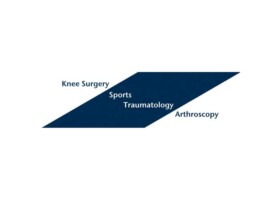
Authors:
Frank Martetschläger, Daniel Rios, Robert E Boykin, J Erik Giphart, Antoinette de Waha, Peter J Millett
Abstract:
In 1909, Goldthwait was the first to describe a possible rotator cuff impingement by the coracoid process. During the subsequent century, several anatomical, clinical and biomechanical studies addressed the topic, increasing our understanding of its aetiology. Today, CI is considered a known yet uncommon cause of anterior shoulder pain, resulting from impingement of the subscapularis or biceps tendon between the coracoid process and the lesser tuberosity. More recent studies have reported on a relationship between subcoracoid stenosis, or a narrowed coracohumeral distance (CHD), and anterior shoulder pathologies, and the authors assert subcoracoid stenosis to be relatively common, yet often unrecognized and under-reported. Suenaga identified subcoracoid impingement syndromes in 11 of 216 (5.1 %) cases after rotator cuff surgery due to ongoing pain and tenderness over the coracoid process. In 1999, Dumontier noted that 2.8 % or 500 patients with shoulder impingement syndrome had impingement of the rotator interval by the coracoid process, while Lo and Burkhart found that 19 % of patients with tears of the supraspinatus, infraspinatus and subscapularis had combined subacromial and coracoid impingement.
In the following sections, predisposing anatomical conditions, current biomechanical data and the current clinical management of CI will be detailed. The goal of this review of the literature was to analyse the existing data on CI and to present the current knowledge about this controversial topic. It was hypothesized there would be only limited evidence in the literature about the diagnosis, treatment outcomes and correlation of coracoid impingement to other shoulder pathologies. Therefore, we performed a systematic literature search in order not to miss important articles.
For the complete study: Coracoid impingement: current concepts
